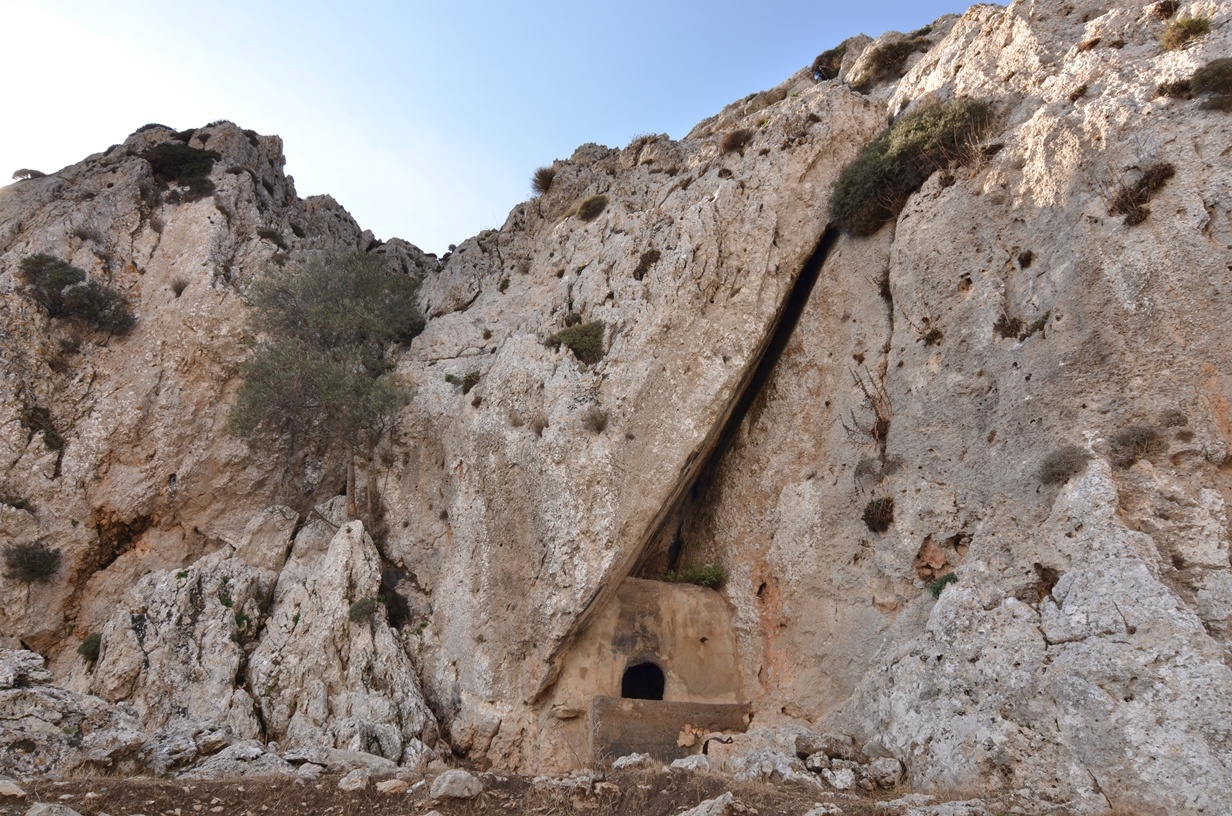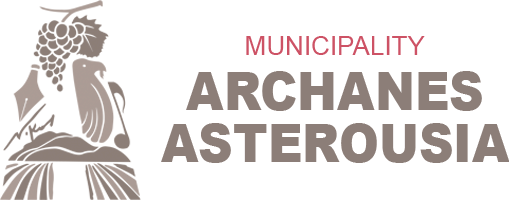
The Asterousia Range is one of the most important cradles of Christianity and monasticism on Crete. It is the densest area in cloisters and places of worship, a fact that vindicates its title as the Holy Mountain of Crete.
Due to the morphology of the terrain, its relative distance from cities and villages, the multitude of caves, ravines, remote areas and climate conditions, this area was ideal for monks and especially hermits.
During the early-Christian and early Byzantine eras (324-826), this area was a very important Orthodox centre. In the Arab rule (826-961) period, a time when the entirety of Crete was tested by Saracen pirates slaughtering and plundering, the Asterousia region and monasticism naturally fell into decline. The isolated gulfs and ports of this entire south coastline were the target and hideout of pirates, who slaughtered the monks and plundered the monasteries and villages.
After the liberation of Crete by the Byzantine general Nikephoros Phokas the Elder (Second Byzantine Period 961-1204), a new period of social, economic and spiritual renaissance began on Crete, and the Asterousia played an important role. During Venetian rule (1211-1669), the area flourished and prospered. Monasteries and cloisters became cores of resistance against the Venetians’ attempt to Latinise Crete. Many scholarly monks of the area worked to strengthen Cretans’ religious and ethnic identity. Very close to Agiou Pavlou Monastery, on the mount top Kofina at ‘Lousoudi’ location (Municipality of Gortyna), priest-monk Iosif Filagris founded the Treion Ierarchon Monastery in 1361-1362, where a school and manuscript copying center operated. That time saw a revival of monasticism, as monasteries and old hermitage grounds were founded or restored and brought back to operation. They developed into centres for the letters and arts, particularly icon painting. It was a period when the Asterousia monasteries and chapels were decorated with great murals and icons by great painters of the Cretan School. Due of the large number of monks and hermits that used to live in the Asterousia in that era, the area used to be referred to as ‘Erimoupolis’ – literally, a place of the hermits.
During the Ottoman rule (1669-1898), the Asterousia monasteries were very active. They became revolutionaries’ refuge and bases, since monks provided them with material and spiritual support. They used to house ‘secret schools’ where children read to read and write.
In the first few years after the liberation of Crete from the Ottomans, two very important monks were active in the area: Hosios Parthenios and Hosios Evmenios. These two Fathers founded Koudoumas Monastery, the biggest monastic centre that thrived in the east Asterousia. After the death of the two Fathers, since 1920, began the period of decline for monasticism in the Asterousia region, which continues to date. Local monasteries are only housing a few monks and Agiou Pavlou, Maridaki and Treis Ekklisies Monasteries have been abandoned.



